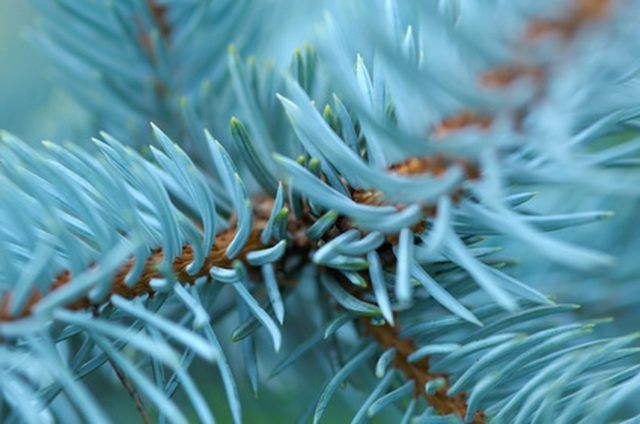Bulbs
Flower Basics
Flower Beds & Specialty Gardens
Flower Garden
Garden Furniture
Garden Gnomes
Garden Seeds
Garden Sheds
Garden Statues
Garden Tools & Supplies
Gardening Basics
Green & Organic
Groundcovers & Vines
Growing Annuals
Growing Basil
Growing Beans
Growing Berries
Growing Blueberries
Growing Cactus
Growing Corn
Growing Cotton
Growing Edibles
Growing Flowers
Growing Garlic
Growing Grapes
Growing Grass
Growing Herbs
Growing Jasmine
Growing Mint
Growing Mushrooms
Orchids
Growing Peanuts
Growing Perennials
Growing Plants
Growing Rosemary
Growing Roses
Growing Strawberries
Growing Sunflowers
Growing Thyme
Growing Tomatoes
Growing Tulips
Growing Vegetables
Herb Basics
Herb Garden
Indoor Growing
Landscaping Basics
Landscaping Patios
Landscaping Plants
Landscaping Shrubs
Landscaping Trees
Landscaping Walks & Pathways
Lawn Basics
Lawn Maintenance
Lawn Mowers
Lawn Ornaments
Lawn Planting
Lawn Tools
Outdoor Growing
Overall Landscape Planning
Pests, Weeds & Problems
Plant Basics
Rock Garden
Rose Garden
Shrubs
Soil
Specialty Gardens
Trees
Vegetable Garden
Yard Maintenance
How to Care for Spruce Trees
How to Care for Spruce Trees. Spruce trees are common landscape plants and provide habitat for wildlife. Healthy spruce trees can live 200 years or more, according to Northern State University. They differ from other members of the Picea genus by the structure of their needles and bark. Healthy spruce needles are 1 inch long, sharp and stiff....

Spruce trees are common landscape plants and provide habitat for wildlife. Healthy spruce trees can live 200 years or more, according to Northern State University. They differ from other members of the Picea genus by the structure of their needles and bark. Healthy spruce needles are 1 inch long, sharp and stiff. Spruce trees have flaky, thin bark and the branches form small pegs from which the needles grow. Pests and diseases threaten the health of spruce trees throughout the year. Planted spruce trees benefit from regular maintenance.
Things You'll Need
Organic mulch
Fertilizer
Pruning shears
Lime sulfur
Water recently planted spruce trees regularly. Weekly soakings during dry weather is sufficient, according to the University of Wisconsin Extension. Established trees require regular watering if they are planted near a foundation or under an overhang.
Spread organic mulch around the spruce. Organic mulch adds nutrients to the soil, retains moisture, reduces weeds and maintains soil temperature. Organic mulches include straw, pine needles, hay, wood chips and shredded bark.
Fertilize spruce trees in late autumn or early spring. Spread aged manure around the tree and work it into the surface of the soil with a shovel or garden rake. Avoid damaging any tree roots while digging around the tree.
Watch for signs of pests or disease. Discolored needles and dying branches are signs of disease in spruce trees. Remove pests from the tree by weekly doses of a strong spray of water over the center of the tree and throughout the foliage.
Cut back the main leader stem, if it is damaged. Tie the highest side shoot to the cut stub to create a new leader.
Avoid "winter burn" by thoroughly watering the roots and surrounding soil before the soil freezes in autumn.
Spray the tree with lime sulfur in the early spring, if the spruce has pests such as scales or mites.
Tips & Warnings
Spruce trees do not typically require pruning unless the growth is too rapid. Prune the new growth of side branches by two-thirds of the original length.
Do not allow dogs to spray the tree, as dog urine kills the lower branches. Apply a commercial dog repellent if dogs cannot be restrained from spraying the tree.